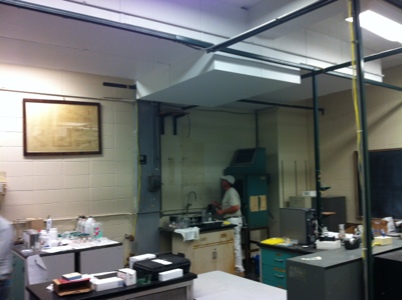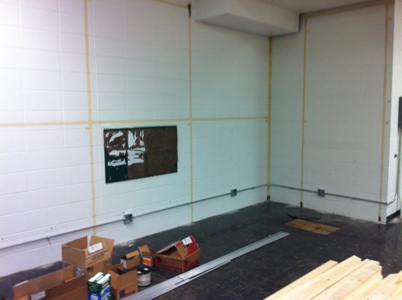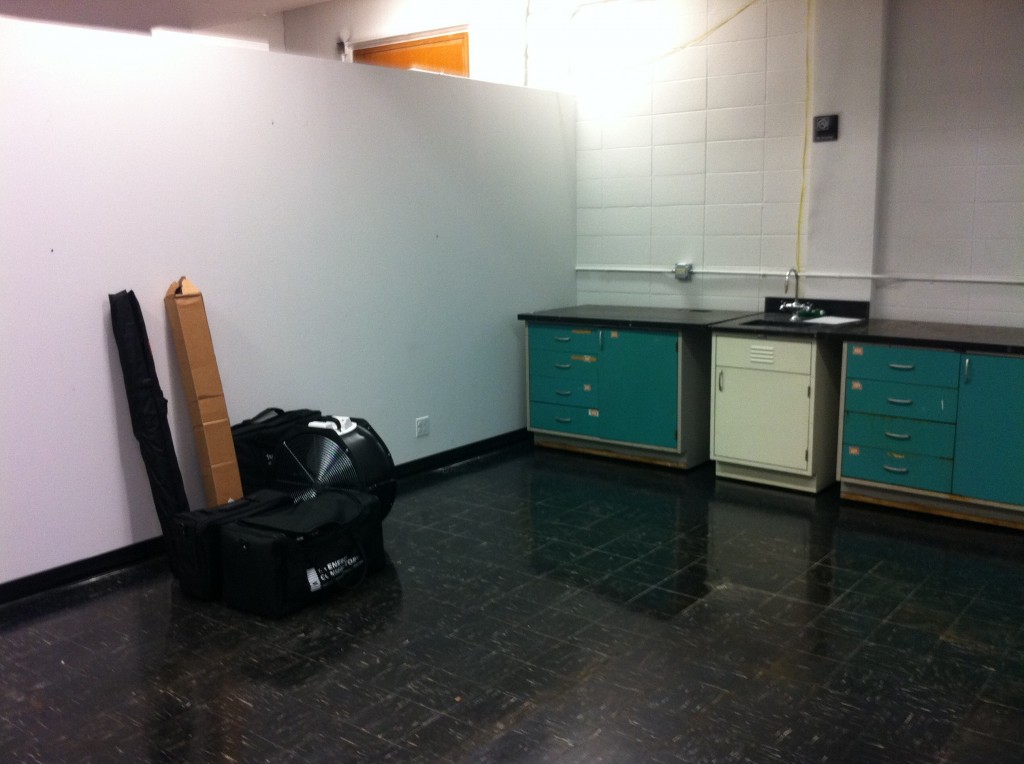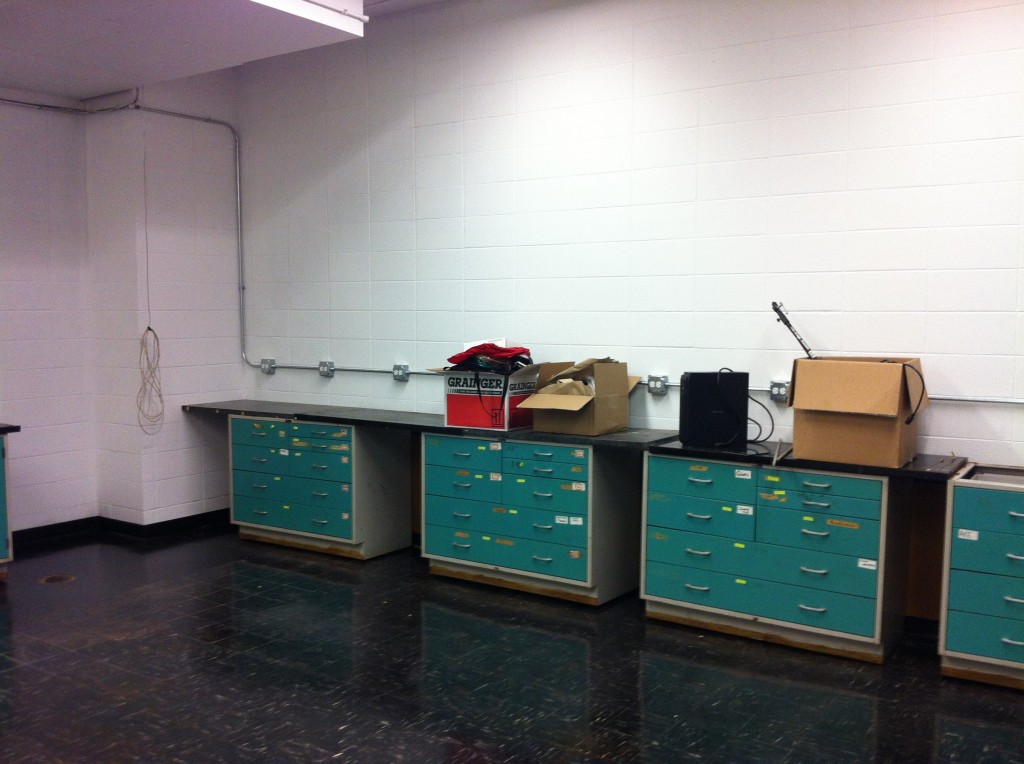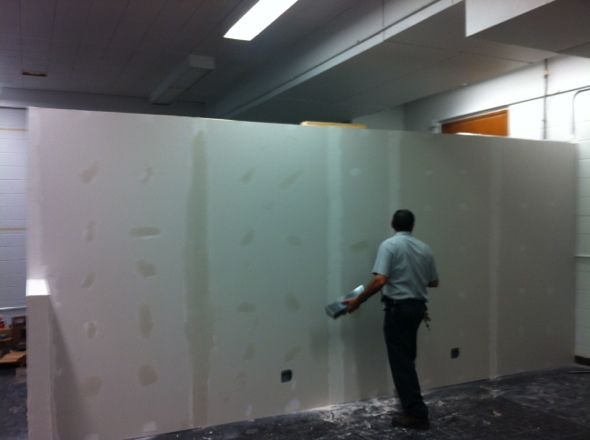New 3D printer test: Up Box+ Printer with HEPA filter
By Brent Stephens on February 8, 2017
We recently tested emissions of ultrafine particles (UFPs) and spectated volatile organic compounds (VOCs) from an Up Box+ desktop 3D printer using ABS filament, which is a relatively unique product on the market because it includes a 100% recirculating HEPA filter inside a full enclosure in order to reduce particle emissions. It’s one of the first, if not the first, printer that we’ve seen specifically address UFP emissions. (However, we should also note that it does not have any intentional gas phase filtration to reduce VOC emissions). Results of our tests are provided in detail in the full report, but briefly:
- The total number of UFPs emitted throughout the test print job was reduced by about 74% simply by printing with the enclosure completely closed (but no filter operating) compared to operating the printer with an open enclosure
- The total number of UFPs emitted throughout the test print job was reduced by about 91% by printing with the enclosure closed and HEPA filtration system switched on compared to operating the printer with an open enclosure
- VOC emissions were relatively low compared to other printers and filaments we’ve tested, although surprisingly, operating the printer with the enclosure closed (but without the filter operating) actually increased VOC emission rates by about 50%, while operating the printer with the enclosure closed and with the HEPA filtration system switched on decreased VOC emission rates by about 20%. However, both of these values are near the estimated uncertainty in our measurement and we didn’t get a chance to perform replicate testing, so it’s not clear how meaningful the VOC results really are

